|
Plumbago auriculata, commonly known as Blue Plumbago, Cape Plumbago, and Leadwort, is just beginning to bloom along my mini-hedgerow. Its clusters of blue flowers are a magnet for pollinators, especially butterflies.
The hedge is a work in progress. a comfortable, working mix of native and well-adapted, non-native plants. Cape Plumbago is native to South Africa and a prize performer in hot weather. It's a lovely, mild-mannered perennial that grows about four feet tall and, if left on its own, four or five feet wide. It thrives in full sun, even at the height of summer, and only requires a little supplemental watering during dry spells. Soil-type isn't an issue, it's pest-free, and deer-resistant. It might bloom straight through a mild winter. Depending upon location and how well-established the plant is, it may or may not die to the ground during a freeze. But it returns in spring. There's a white variety, too. It's gorgeous. I'm suddenly wondering why I don't have one? More soon! Happy Gardening! :)
0 Comments
Rosemary -- Salvia Rosmarinus -- was moved into my favorite botanical genus just a few years ago. For a few hundred years, it was its own genus and the rosemary we know and love was Rosmarinus officinalis. While there had been debates through the years that it really did belong to the Salvia family, no one was willing to make the change. But in 2018, citing all sorts of scientific information, especially from DNA analysis, proponents for the move won out. For rosemary-lovers, it doesn't really matter. For saliva-lovers like myself, it just adds to the attraction. A Mediterranean herb beloved around the world, Salvia rosmarinus is a versatile herb. Renowned for both its fragrance and flavor, it only makes things better. Personally, I love it in the garden. Brushing up against it while weeding or sometimes simply passing close by, I am assailed by its lovely aroma. And of course, when cooking I add it to everything that I can. I just snip a couple of stems and stuff them inside poultry cavities, drop them into soups and stews, lay them atop fish... It adds unmistakable flavor to any dish and the house smells so good whenever rosemary is involved. It also makes a wonderful tea. It works as a digestive. A few days ago, I brewed a tea of rosemary, basil, and bay leaves. It might sound strange, but I wanted to experiment. I'm glad I did. It was a deliciously fragrant tea -- equally good hot or cold. And there are more uses for rosemary. It's an important ingredient in aromatherapy, appreciated for clearing the head. Its fragrance lends itself well to sachets, potpourri, and fire-starter bundles.
Culturally, rosemary has been an important garden plant since ancient times. Romans and Greeks cultivated it. For centuries it has been associated with the Virgin Mary. A close friend of mine from Croatia has told me that in her country, rosemary indicates welcome and is used in religious processions. It is because of her that I have one in a pot near our front door. It's easy to grow, by the way, simply requiring plenty of sun and no over-watering. While it doesn't like wet or even damp feet, it doesn't care about humidity. As a matter of fact, the name rosmarinus comes from the Latin words ros, meaning dew, and marinus, meaning sea. In other words, "sea-dew" or "dew of the sea", which surely indicates it can handle humidity. And have I mentioned that it smells really good? I absolutely love our Sweet Bay tree -- Laurus nobilis. A member of the Lauraceae family and native to the Mediterranean, it has been widely adapted, it has been used as a culinary herb for over a millenium. Here in southeast Texas, it gets big. We planted this one almost eight years ago, when we first moved to this property. It was a baby, about a foot tall, and we've cut it in half twice because of the power lines overhead. My husband has tried to shape it several times, too. Personally, I don't mind its shrubby-ness as I can harvest the leaves more easily.
It fronts our northern or golf course hedge. It might seem pretentious to name the areas of our small garden, but I don't care (which surely indicates pretention is not part of the plan). It's easier for me to refer to the different areas, whatever the size, and personalizes the space. We love the aromatic leaves in the garden. We also enjoy them in soups, gumbos, with roasts, and for tea. I brewed a lovely tea with sweet bay and rosemary leaves just yesterday. It smelled and tasted so good. But that's for an herbal chat, not a hedge one. For a pest-free plant that grows quickly, is undemanding, and tolerates most any type of pruning, Laurus nobilis is hard to beat. I'm pleased to have it along my mini-hedgerow. Mexican Honeysuckle, justicia spicigera is a garden powerhouse. In our garden, it blooms from from late spring until well into a mild winter. It isn't aggressive and doesn't overwhelm, but it can fill a good space in the garden, growing to about four feet tall and wide. Its wonderfully wide display of bright, orange blooms are a big draw for pollinators. Bees, butterflies, and hummingbirds love it. Deer leave it alone. It doesn't ask for much, either, just a bit of shade in the course of a summer day and a good watering now and then. It's known to be drought -resistant, but it doesn't balk when watered regularly.
With its vivid flowers, easy disposition, and hospitality to pollinators, justicia spicigera is truly a great friend in the garden. I am a flower of Sharon,
a lily of the valleys. -- Song of Solomon 2:1 I'm so surprised. All this time, I've thought that Althea, Hibiscus syriacus, is native to Texas. Why I would think that, I freely admit, is something of a mystery. Then I thought, given its Latin name, that it is must be of Levantine origin. To further confirm that idea -- no presumption this time -- it's called "Rose of Sharon", as in the Plain of Sharon in Israel. But nope! Current opinion is that it originated in China. Wherever it came from, it's a well-loved plant around the world. It's even the national plant of Korea. It's certainly popular here in Texas. A member of the mallow family, it can grow very large; but it's not an aggressive plant. Not only are the beautiful blooms appreciated by gardeners; butterflies and hummingbirds like them, too. I don't know what particular variety mine is. I really must start keeping better notes. But it's double-petaled, seems pest-free, and is about six-feet tall at the moment. It's been blooming away since the beginning of June. It's the first Althea I've ever grown. I wish I had room for more. |
Our GardenFor years, my husband and I worked at creating a series of gardens on our four-acre lot in a rural, Texas subdivision west of Houston. I have to say, it was a fantastic experience. Now, I have a pocket garden on a golf course. Archives
June 2024
Categories
All
NewsletterFrom me to you with a smile. Thank you!You have successfully joined our subscriber list. |
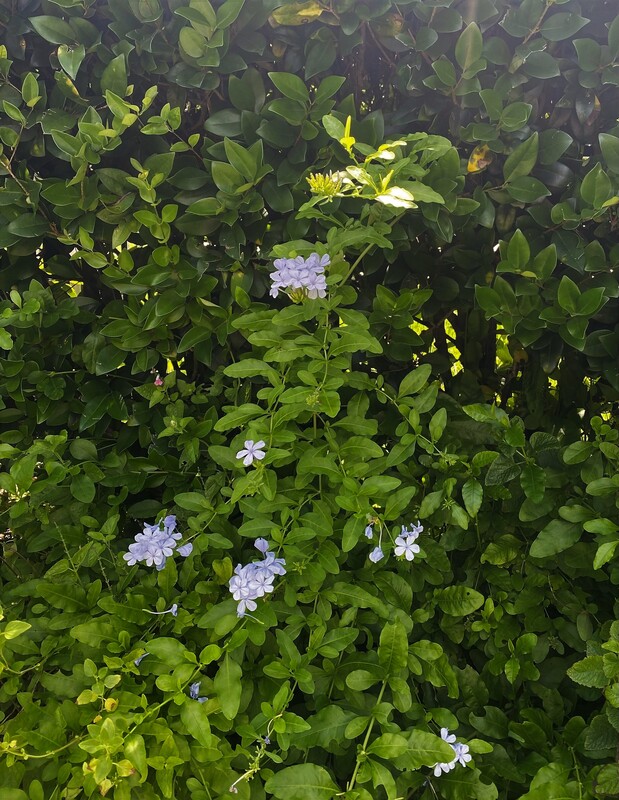
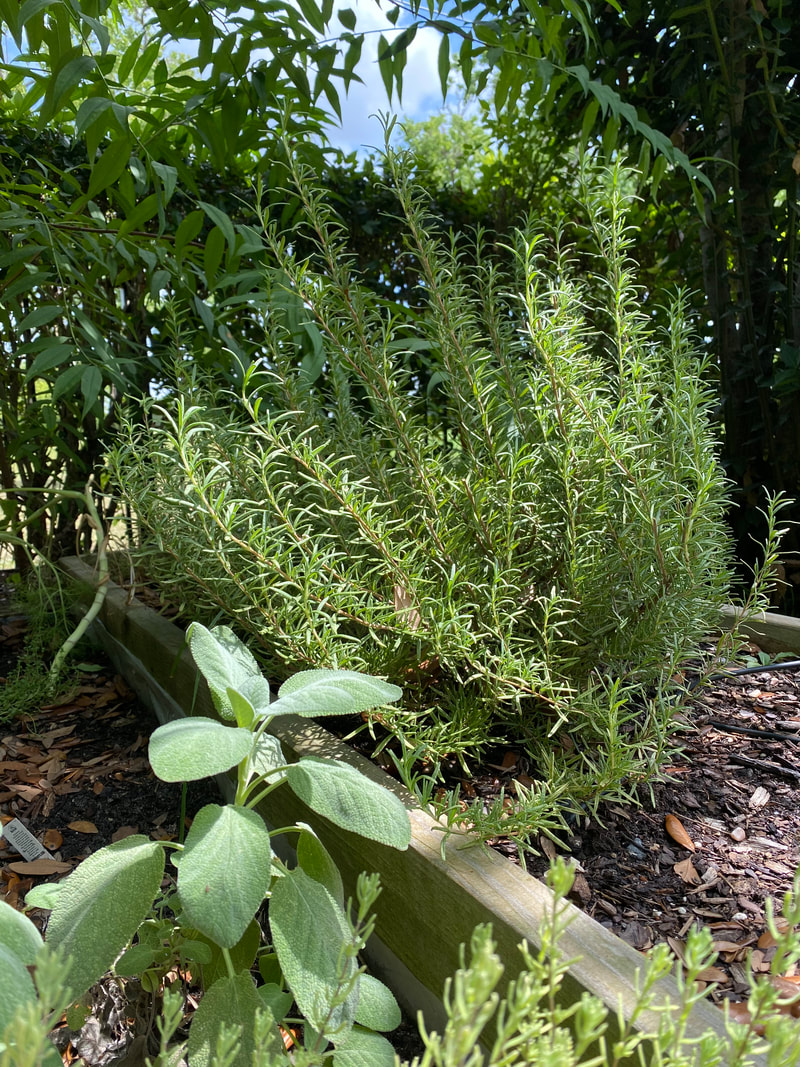
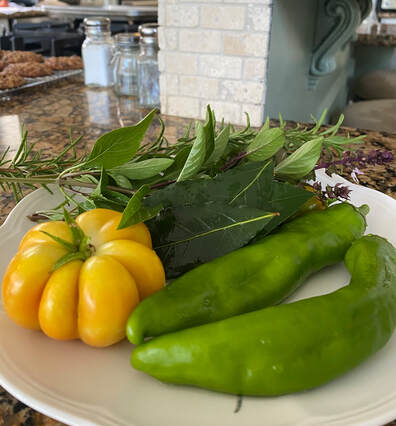
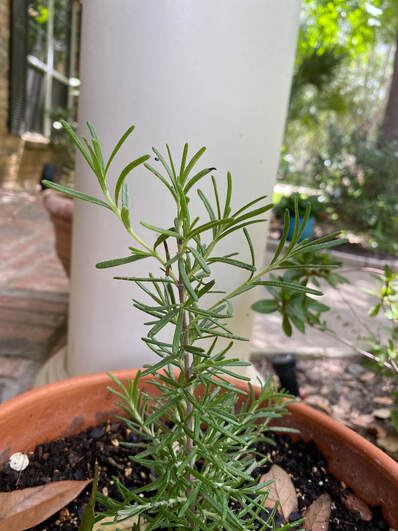
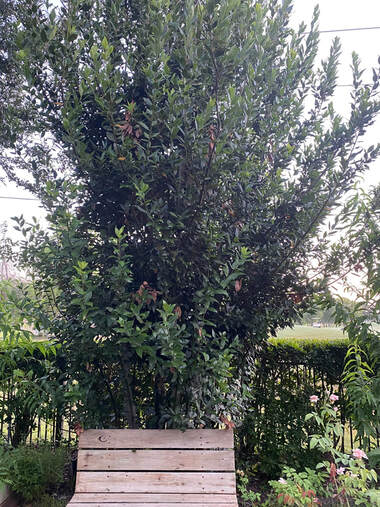
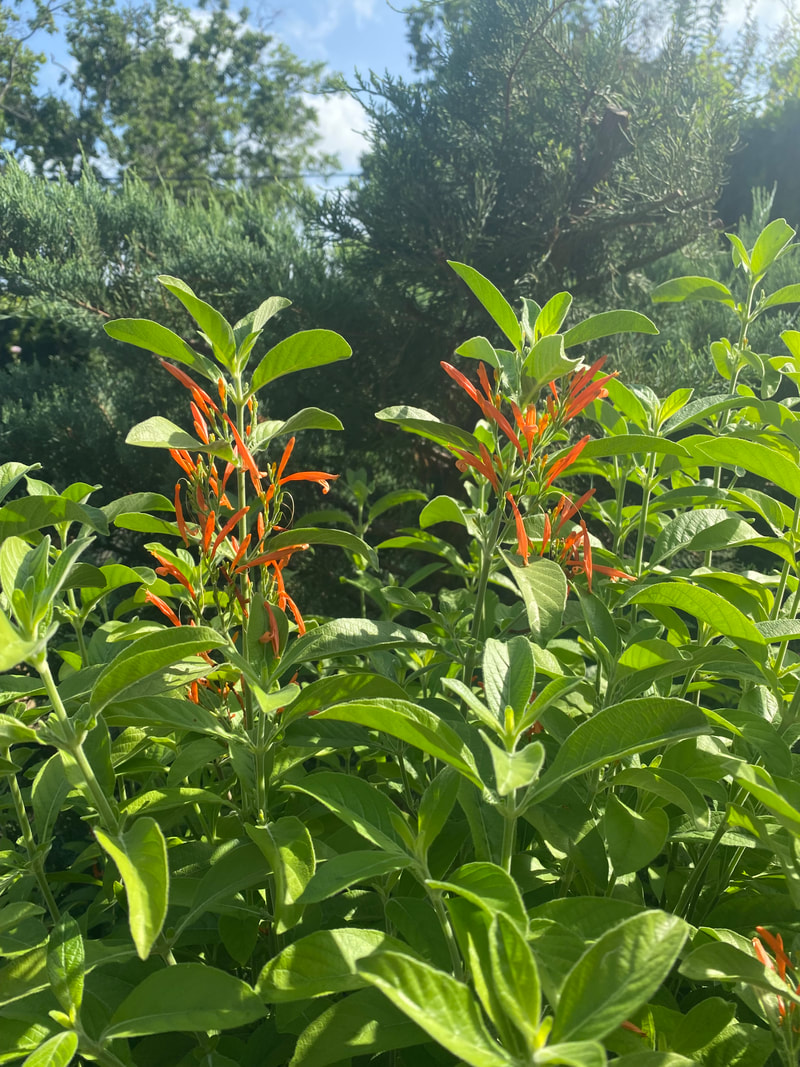
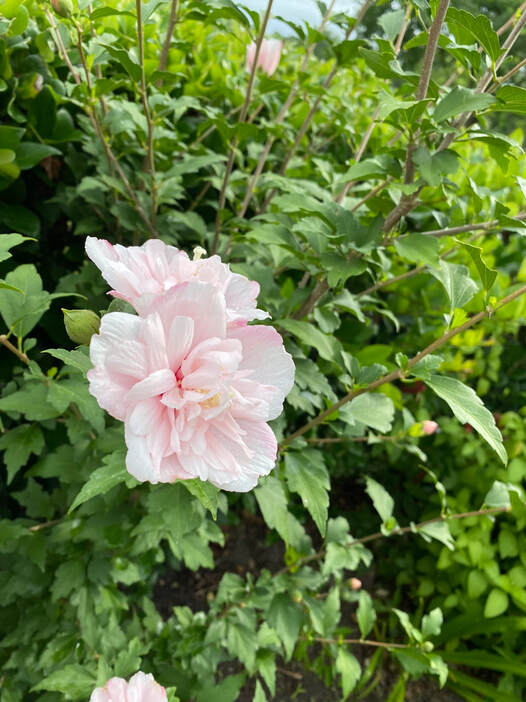
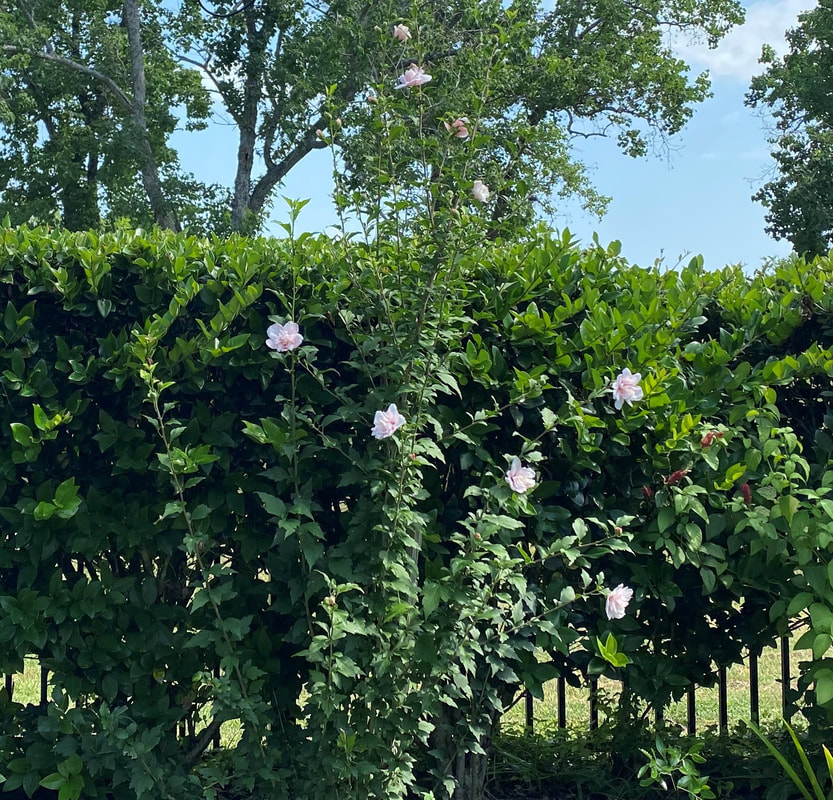
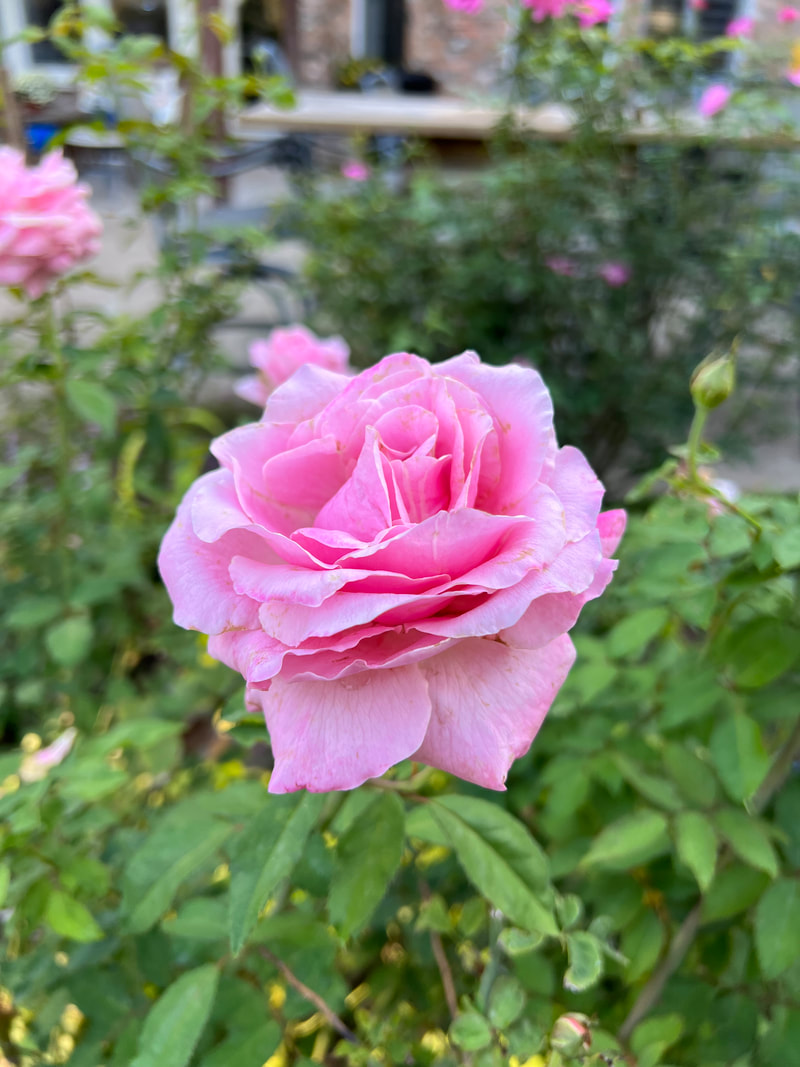
 RSS Feed
RSS Feed